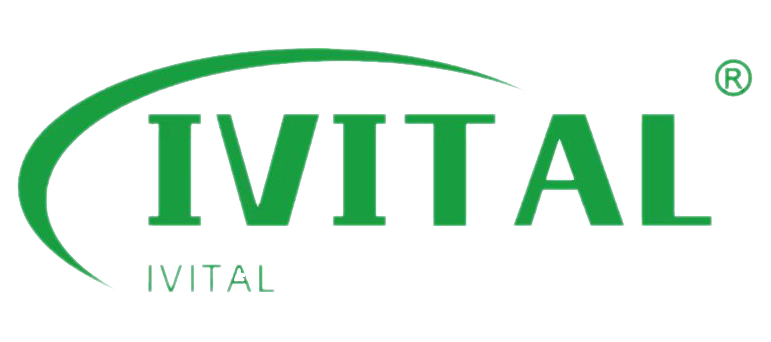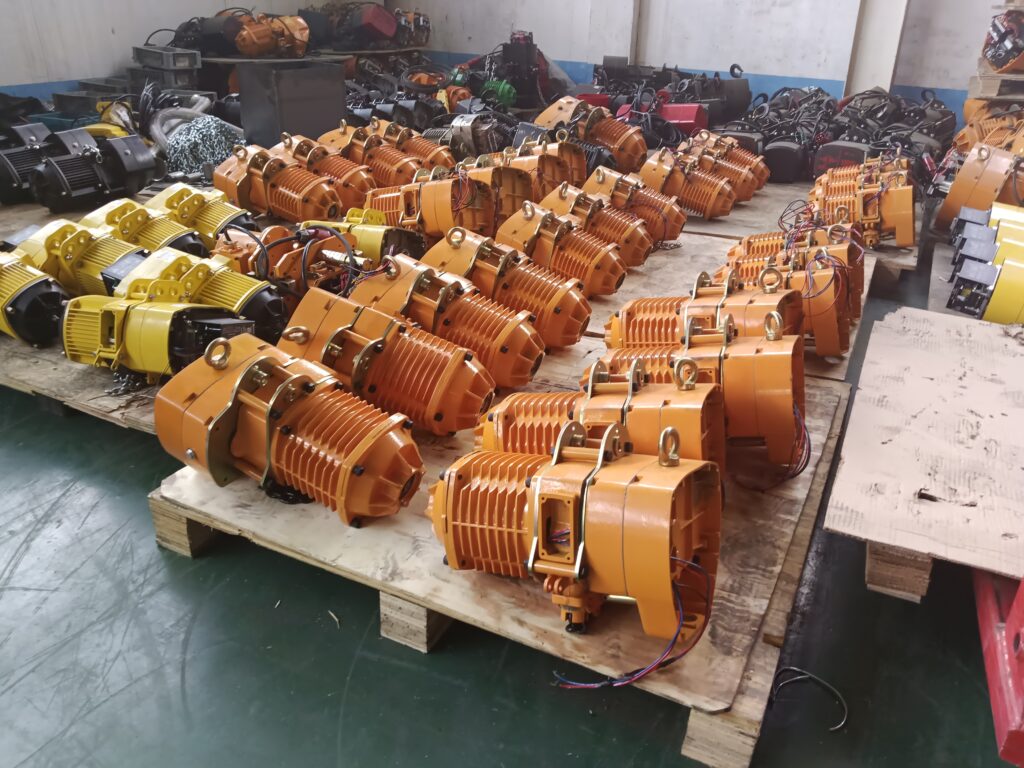When it comes to choosing the right size chain hoist, understanding the critical factors that affect your decision is essential for safety and efficiency.
To determine the right hoist size, assess the load capacity, lifting height, and type of hoist required for your specific tasks. Choosing a hoist that can handle your heaviest load ensures both safety and optimal performance.
Selecting the right hoist might seem challenging, but by evaluating your specific lifting needs, you can make a more informed decision that will serve you well for years to come.
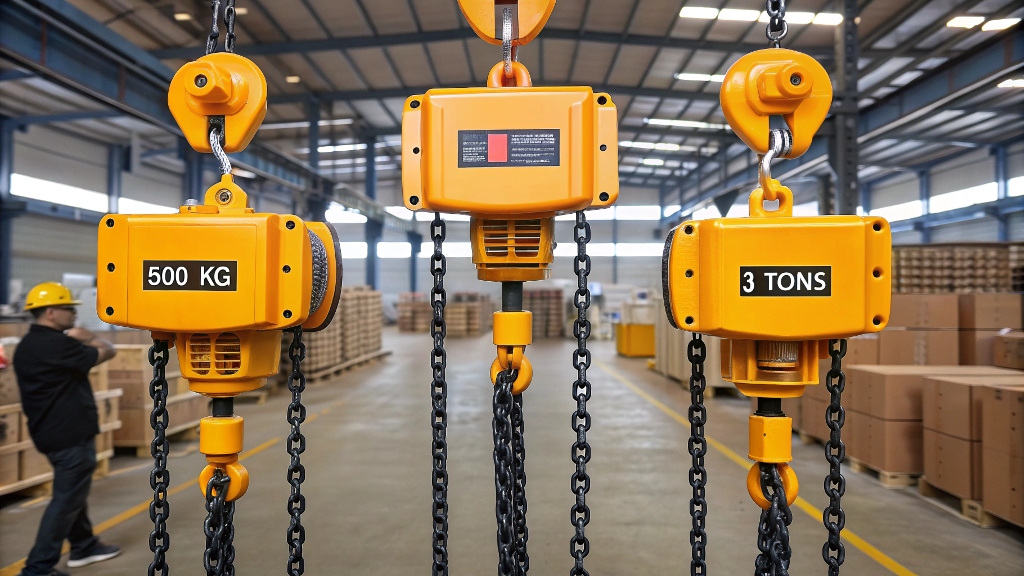
Key Factors to Consider
1. Load Capacity
The most important consideration when selecting a hoist is the maximum weight of the load you plan to lift.
Choose a hoist with a lifting capacity that meets or exceeds the weight of the heaviest load you will handle. If your typical load is 500 kg, consider a hoist rated for at least 1000 kg to account for any unforeseen increases in load.
Load capacity is the primary factor in ensuring that the hoist can safely and effectively handle the work. Standard load capacities range from 125 kg to 2000 kg, depending on the tasks.
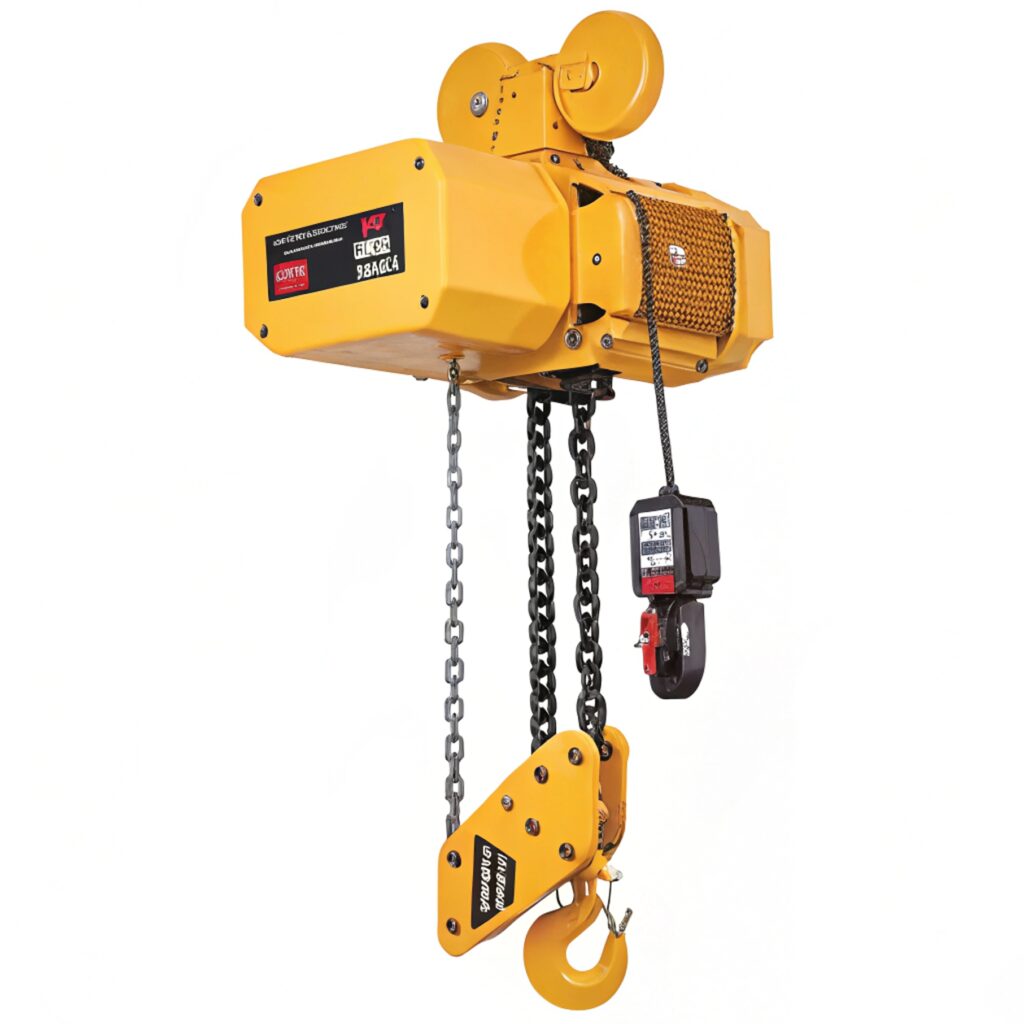
Dive Deeper Paragraph for h2: It’s crucial to select a hoist that provides a safety margin. For instance, if you frequently lift 500 kg loads but occasionally need to handle heavier loads, choosing a 1000 kg capacity hoist will provide added flexibility and reduce the risk of overloading. Always prioritize safety by opting for a hoist with a higher rated capacity than the maximum load.
2. Lifting Height
Knowing the required lifting height ensures you select a hoist with an adequate chain length for your needs.
Measure the distance from the hoist’s suspension point to the load’s resting position to determine the required lifting height. Hoists typically come in standard lengths like 10 ft, 15 ft, or 20 ft.
Lifting height is a critical factor that directly impacts the hoist’s efficiency in your specific environment. Always consider adding a few extra feet to avoid underestimating your needs.
If headroom is limited, you may want to choose a hoist designed for low-headroom applications. This will maximize your available space and allow the hoist to lift effectively without interference from overhead structures. Always factor in a bit of extra clearance to avoid problems during installation.
3. Type of Hoist
Opening Paragraph for h2: Deciding between a manual or electric chain hoist is crucial based on how often you need to lift and the weight of the loads.
Manual chain hoists are great for lighter, occasional lifting, while electric chain hoists are better suited for heavier, more frequent operations. The right type will depend on how much lifting you plan to do and how fast you need to do it.
Manual hoists are simple and cost-effective but require physical effort. Electric hoists are more efficient and ergonomic, ideal for high-frequency or heavy-duty tasks.
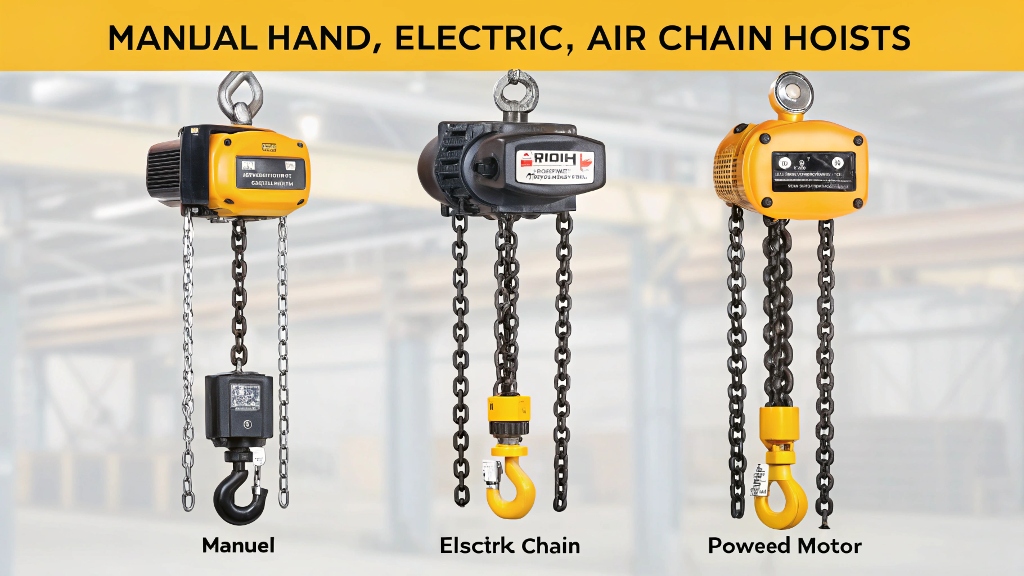
Dive Deeper Paragraph for h2: If you need to lift heavy loads regularly, an electric hoist can save time and reduce physical strain on workers. However, manual hoists are still suitable for smaller tasks or when electricity is unavailable, such as in outdoor or off-grid environments. It’s important to weigh convenience and task frequency when making your choice.
4. Duty Cycle
The frequency of hoist use determines whether you need a hoist built for continuous operation or one that handles occasional tasks.
For high-frequency lifting, choose an electric hoist, which is designed for continuous use. Manual hoists are better suited for lighter, less frequent lifting tasks.
Electric hoists excel in environments where lifting happens regularly, offering more speed and less strain. Manual hoists, although less expensive, are ideal for occasional lifting tasks in low-volume operations.
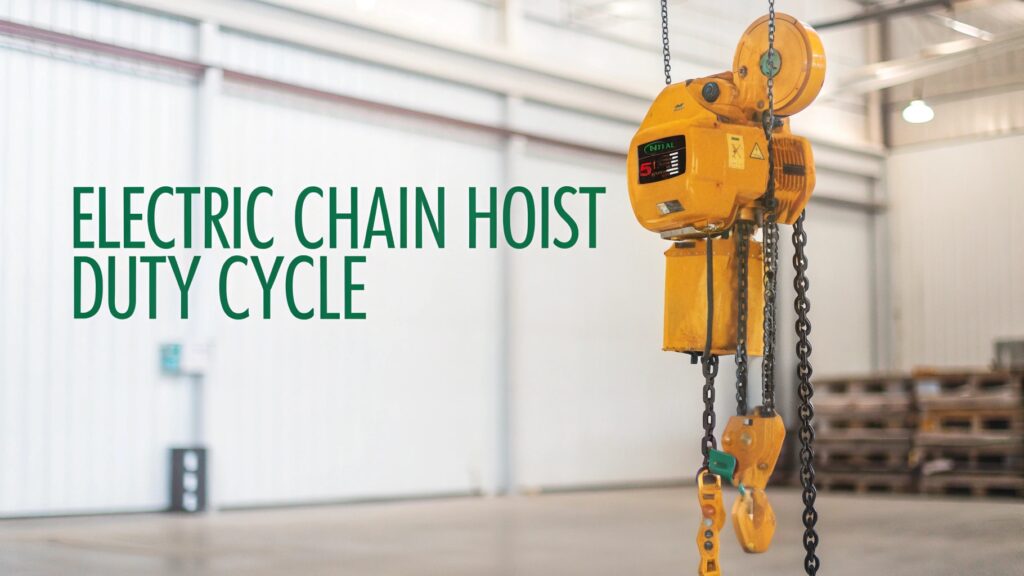
Consider how long you need the hoist to operate each day. If you anticipate long hours of use, electric hoists are more durable and built to handle the workload. Overusing a manual hoist can lead to wear and tear and reduce its lifespan, making electric hoists a better long-term investment for busy workplaces.
5. Power Supply
Electric chain hoists require a power source, so it’s essential to ensure your site has the necessary power available.
Electric hoists typically require either single-phase or three-phase power. Single-phase is suitable for lighter tasks, while three-phase is better for heavier lifting and high-volume operations.
Make sure your workspace can support the required power. Using the wrong power configuration can cause inefficiencies or even damage the hoist.
If your site lacks three-phase power, consider using a single-phase hoist for lighter tasks. However, for continuous or heavy-duty operations, a three-phase hoist is often more reliable. If you are unsure, consulting an electrician can ensure compatibility between your power source and hoist requirements.
6. Headroom Requirements
The available headroom in your workspace determines how much vertical space the hoist will need to function properly.
Measure the distance from the suspension point to the fully raised hook saddle to calculate the headroom required. This ensures that the hoist can operate without interference from overhead structures.
Headroom is an essential factor for smooth lifting operations, especially when working in confined spaces with limited vertical clearance.
If headroom is restricted, opt for a low-headroom hoist that can work efficiently in tight spaces. These hoists are designed to maximize vertical lifting without requiring extra space, ensuring that you can lift even in environments where headroom is limited.
Conclusion
Opening Paragraph for h2: By carefully evaluating the key factors—load capacity, lifting height, hoist type, duty cycle, power supply, and headroom—you can determine the right size and type of chain hoist for your needs.
Opting for a hoist with a higher load capacity than your typical maximum ensures flexibility and safety in your operations. Always choose a hoist that meets both your current and future lifting needs.
Choosing the right chain hoist ensures both efficiency and safety in your operations. By considering these essential factors and consulting with experts if necessary, you can make a well-informed decision and select the best hoist for your requirements.
